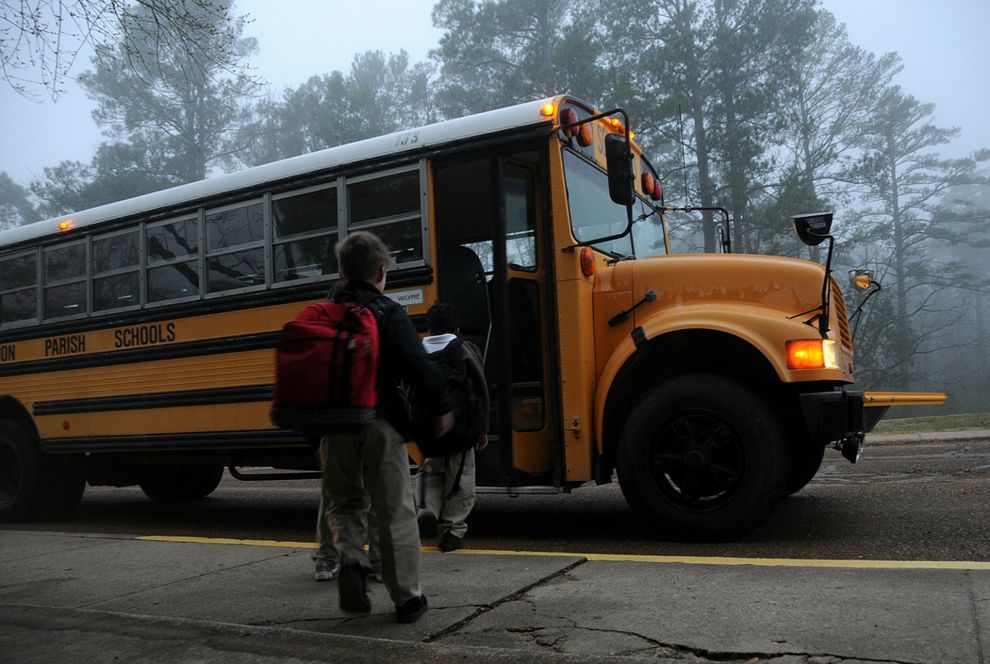Illinois Rules of the Road: Stopping for School Buses
The only time a vehicle is not required to stop for a school bus is when both vehicles are on a four lane roadway and the bus is stopped in the opposite direction from which a driver is traveling.
Any other time, a driver must stop before meeting or overtaking (passing) a school bus that is stopped and loading or unloading passengers.
This includes:
- Any two-lane roadway, in rural areas and within city limits.
- Any roadway, highway, private road or parking lot located on school property.
A warning will be given by the school bus at least 100 feet (200 feet in rural areas) in advance of a stop. The bus driver will flash lights on the front and rear of the bus. The school bus stop signal arm will be extended after the school bus has come to a complete stop.
A driver approaching a school bus from the opposite direction must come to a complete stop and remain stopped until the stop signal arm is no longer extended and the flashing lights are turned off or the school bus driver signals vehicles to pass.
A conviction for passing a stopped school bus with flashing lights and the stop arm extended will result in the suspension of an individual’s driver’s license.
If the owner(s) of the vehicle were not driving when the offense occurred, they must provide the State’s Attorney’s Office with the name of the person driving the vehicle or their vehicle registration will be suspended for three months.
